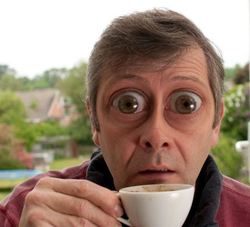 Personally, I'm not a coffee drinker. I've never understood the love of that bitter, acrid flavor or the desire of most coffee drinkers to want a scalding hot drink that they sip gingerly for fear of burning their tongues. I tried drinking coffee when I was a teen, and although I loved the smell of coffee beans, I couldn't get into the taste of coffee. The closest I came was when my Greek brother-in-law at the time got me into having his morning "breakfast coffee" (as he called it) with lots of sugar, milk and a whole egg dropped into it. More than likely this is what put a few hairs on my thirteen year old chest as I helped Yiorgos paint houses that summer. I soon realized that I was not the coffee type... But of course, the world is full of coffee lovers--no... addicts. This is how I tend to see coffee--as a drug that can addict the drinker. I had one assistant in my studio who was really addicted to coffee. I had a coffee machine mainly to serve clients when they came to photographic shoots, but it got daily use from my assistant to serve his addiction. This was when we were doing lots of jewelry photography which involved surgeon-like precision manipulations of wrist watches, chains, pearls and diamonds. The work took a stead hand, but my assistant's hands shook like an addict in Alphabet City from indulging in over 10 cups of coffee each day. I worry about this when my wife Lisa drinks a bit too much coffee or espresso from her Moka pot (she tends to exclusively use the largest Moka in her collection). She also tends to be prone to caffeine energy spikes... I can tell when she's "high" on the stuff. I worry about any effects caffeine might have on her kidneys, her blood pressure, and her acid reflux (ok... perhaps I worry too much, but she is "my gal" and Lucas' Mom, after all). We always get into debates on the health aspects--or lack thereof--of coffee and espresso. I'm not a tyrant on the subject... in fact, I'm the one that tends to buy her Moka pots and stuff her Christmas stocking with exotic flavored coffee beans. Lisa throws every new report about coffee at me... "See? Coffee protects against diabetes, Parkinson's disease, liver disease, liver cancer, and is good for your heart!" Just about every month or so there are more and more contradicting studies about what is and isn't good for our health. But on the heels of some recent reports suggesting that drinking coffee is good for our health, a new study suggests that even a single cup of espresso can lessen the flow of blood to the heart by 22 percent within one hour of being consumed. (You see, Lisa? Put that in your Moka but don't drink it!) Published in the European Journal of Clinical Nutrition, the study confirms that high levels of caffeine found in a single espresso have negative cardiovascular effects. This is especially troubling in Italy, where an espresso or two in the morning jump starts workers' days--a great concern, even considering that Italy recently was deemed the healthiest country in Europe. (Read ITALY: Healthiest Country in Europe HERE) Even in the U.S. and the UK, espresso consumption is on the rise, along with all the multitude of flavored and high calorie, large serving sized coffees on the market. Many coffee shops are pushing the "hard stuff" on the coffee addicted public, along with introducing caffeine to a younger and younger audience. In one case, a 17 year old girl was rushed to hospital after overdosing on espresso with an elevated heartbeat, fever and hyperventilation after seven double espressos. Holy Doppio! Along with a shot of espresso reducing blood flow to the heart, blood pressure itself also rises significantly. As expected, decaffeinated coffee had no harmful effect on blood flow or blood pressure. The study was carried out by a team at the University of Palermo in Italy, examined the effects of a single espresso shot on 20 adult volunteers, compared to a decaffeinated alternative. They measured how much blood vessels dilate when blood flow is increased. Healthy blood vessels will stretch open to let more blood pass through easily. Within just an hour of consuming a single espresso, blood flow had reduced by an average of 22%, which depending on the overall health of the individual, in worse case scenarios, could lead to heart attack or stroke. 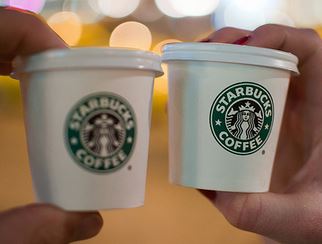 Health experts advise not to drink more than four cups of coffee a day (namely, an 8 ounce cup). A typical 8-ounce cup of coffee contains up to 15 mg of caffeine per ounce of brewed coffee... that's 120mg per 8 ounce cup (in a Trenta that's 450mg of caffeine!) In espresso, the servings are typically smaller, but the concentration of caffeine is more concentrated at up to 50 mg/oz. This means that an Italian sized one ounce shot of espresso contains 50 mg of caffeine and a Doppio (double shot) contains 100 mg of caffeine. By this math, a Starbucks "Quad" should contain 200 mg of caffeine, but even on Starbucks own website, they list a Quad as having 300 mg of the drug! Of course, it's in Starbucks' own best interests to up the caffeine content to get even more customers hooked on the black stuff. As for me, I'll stick to herb tea... and keep telling Lisa that having her espresso is what we call in our family a "Once in a Blue Moon" treat. For Lisa, that's once a week with Sunday breakfast... --Jerry Finzi You can also follow Grand Voyage Italy on: Google+ StumbleUpon Tumblr Copyright 2016, Jerry Finzi/Grand Voyage Italy - All Rights Reserved
0 Comments
The following video has Dion DiMucci in an interview talking about when his record company pushed him to record an Italian language version of Donna Donna the Prima Donna. It's an interesting and funny story of how the Italian version came about with a twist at the end... The next video has the audio of the Italian version (Donna La Prima Donna) as marketed in Italy in October of 1963 (with a bonus song... You're Mine.) The flip side of the Prima Donna record in Italy was Perchè ti amo (He'll only hurt you). And here's Dion singing Donna Donna the Prima Donna at a 2015 event in Las Vegas... This is the first post in a new series called Italians Becoming Americans in which I will post historic photos of what life was like for Italian immigrants when they first came to the United States. Enjoy the history... In 1903, Savino Di Palo made the decision to voyage to America. He left behind family, friends and his small farm, as many men (even my own grandfather) were doing to find a way out of the poverty and strife that was rampant in Italy at the time. He was from the small village of Montemilone, in the mountains of Basilicata. Savino opened a latteria (dairy) in New York’s Little Italy in 1910. It took 4 years for him to send for his family to join him in the new life. In 1925, Savino’s daughter Concetta, opened up a latteria of her own called Di Palo’s on the corner of Mott and Grand Streets. They sold handmade cheeses and fresh milk ladled from large milk cans, delivered fresh from nearby farms. They are still known for artisan cheeses and Italian specialties.
Di Palo's website. About 40 miles south of the Amalfi Coast in Campania is a small, unassuming fishing village called Acciaroli, which locals claim Ernest Hemingway visited in the early 1950s. Their legend about Hemingway claims that every day, an aging fisherman, Antonio Masarone, took Hemingway fishing on his boat--and that it was Masarone who inspired Hemingway's best novel, The Old Man and the Sea. In his novel, he describes the Old Man: "Everything about him was old except his eyes, and they were the same color as the sea and were cheerful and undefeated." He could be very well be describing the people of Acciaroli... You see, Acciaroli is a small village of 2000, yet today 300 of their residents are over 100 years old! If you read Old Man and the Sea, you'll understand how Hemingway is really writing about his own bout with age, and the determination it takes to remain young, alive and vital, never giving up to the fatigue and the failings of your own body--perhaps as the 300 are doing in Acciaroli. There are scientific researchers are trying to figure out what makes the Centenarians of Acciaroli live longer than people living elsewhere. What are they doing so right? Is it the Mediterranean diet or fish, vegetables and olive oil? Is it the exposure to the healing salt spray of the sea? Is it the many hills they walk in their day to day life? Is it simply the act of living in such a beautiful, stress free place that keeps them young and alive? 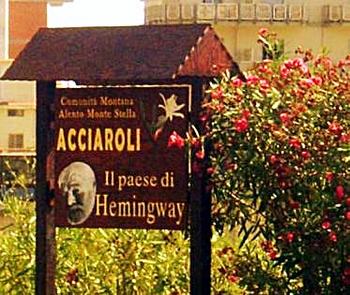 Is the Hemingway Legend True? First off, I could not find one bit of evidence that Hemingway every visited Acciaroli... except in obviously re-posted hype about the town itself. I did find some references to an "Uncle Antonio" Masarone telling of a bearded man, heavy on the drink, always asking about fishing, and writing all the time--but he places the date of his visit in 1952, the very year the Old Man was published. It was only after reading Old Man and the Sea some years later that Uncle Antonio "recognized" his village and the similarities to its fishing heritage. Is this the way the legend started? Even though Hemingway wrote the bulk of Old Man and the Sea in the Bahamas in 1951 (according to historians) and chose Cuba as the setting for the story, he did have a love affair with Italy starting during his service as war correspondent for the Great War. He hated Mussolini and vowed never to set foot in Italy again until the tyrant was gone. Keeping his promise, he returned to Italy again in 1948, when he spent time in Venice drinking. It is very possible that he visited Acciaroli in between the time he returned to Italy in '48 and when his novel was published in '52. Could it be only wishful thinking to be part of such a great novel? Could the town's collective memory be mistaken? ... Hemingway perhaps visited the village in the early part of the 20th century when he left Milan for a last minute tour of Southern Italy. There might very well be truth to this legend that he was inspired by this little town and the apparent vitality of their people. Or the truth might simply be in the memories of a similar, hard drinking man who wrote in a notebook that Uncle Antonio met once in his village early in the 1950s... 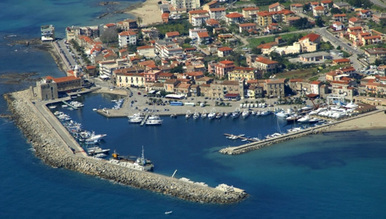 Why do People of Acciaroli Live so Long? Now back to the truth of why there are so many people over 100 years old in Acciaroli... In the United States, only .02% of our population live to the age expectancy of 78 years old. In Acciaroli, 15% of their population is over 100. Acciaroli Centenarians have very low rates of heart disease and Alzheimer's. Here is a list of their lifestyle choices:
The researchers from UC San Diego say their goal is to find out why this group of 300 is living so long by conducting a full genetic analysis and examining lifestyle behaviors, like diet and exercise. They are collecting blood samples for chemical analysis and DNA testing, along with having residents fill out questionnaires. The study will also involve testing to study cognitive dysfunction, and protein biomarkers for risk of heart disease, Alzheimer's, kidney disease and cancer. "This project will not only help to unlock some of the secrets of healthy aging, but will build closer ties with researchers across the globe, which will lead to more science and improved clinical care in our aging population," said Salvatore DiSomma, MD, lead Italian investigator and professor of emergency medicine at University of Rome La Sapienza. Perhaps the reason for their longevity is simply a matter of living La Vita Meravigliosa in La Bel Paese. We can all take lessons from the Acciarolese and live a simpler, richer life and perhaps we'll last a lot longer on this beautiful, blue planet.... --Jerry Finzi Click here to read Italy: Healthiest Country in Europe! Copyright 2016, Jerry Finzi/Grand Voyage Italy - All Rights Reserved
|
Categories
All
Archive
June 2024
|


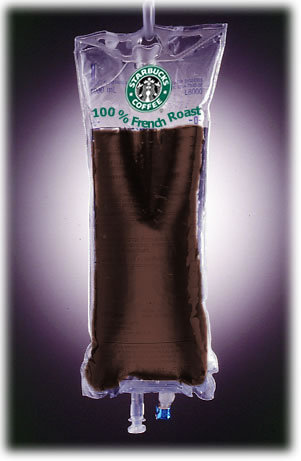
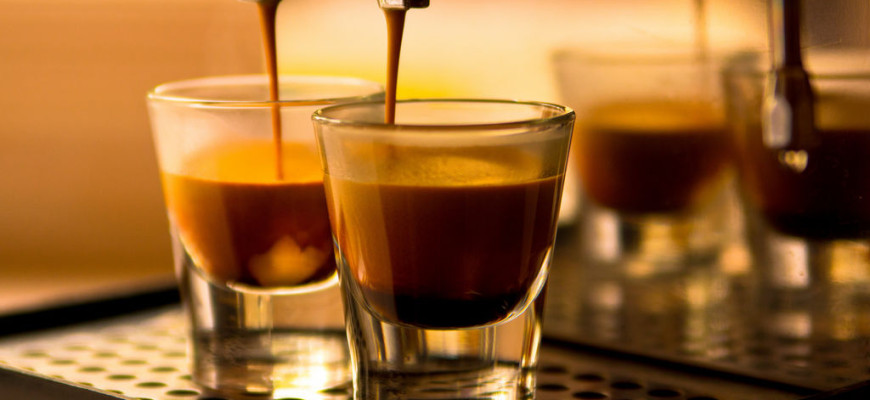
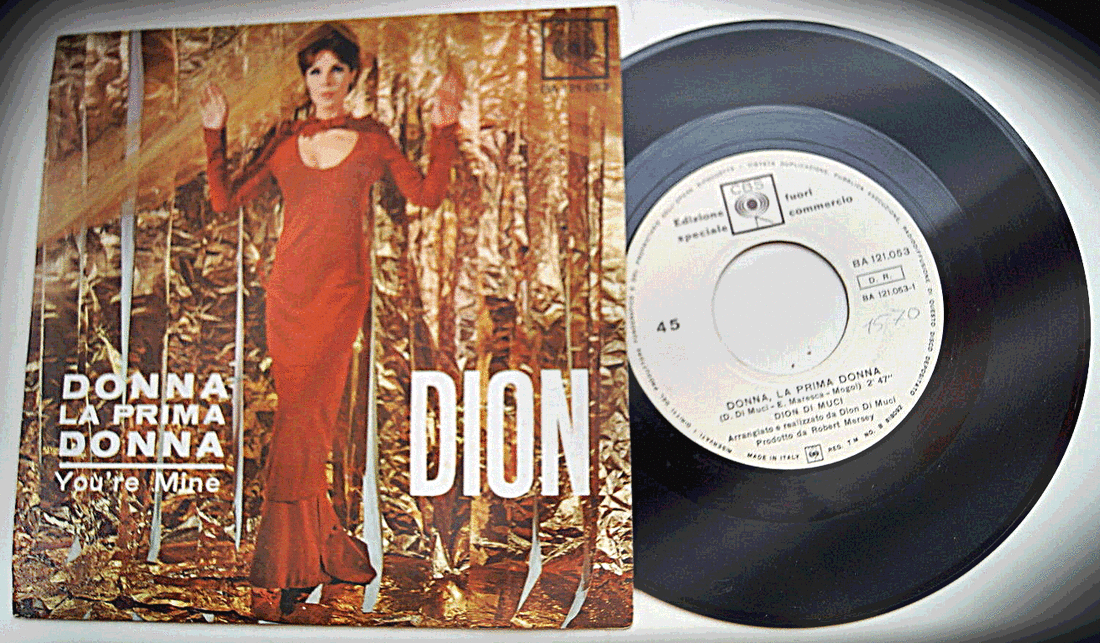
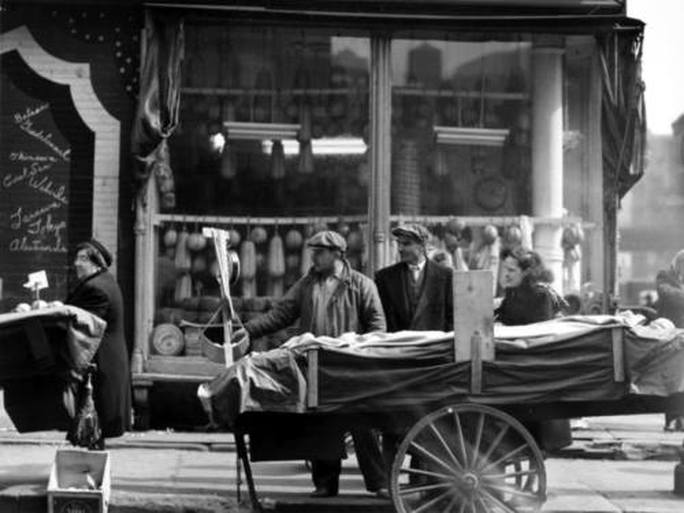
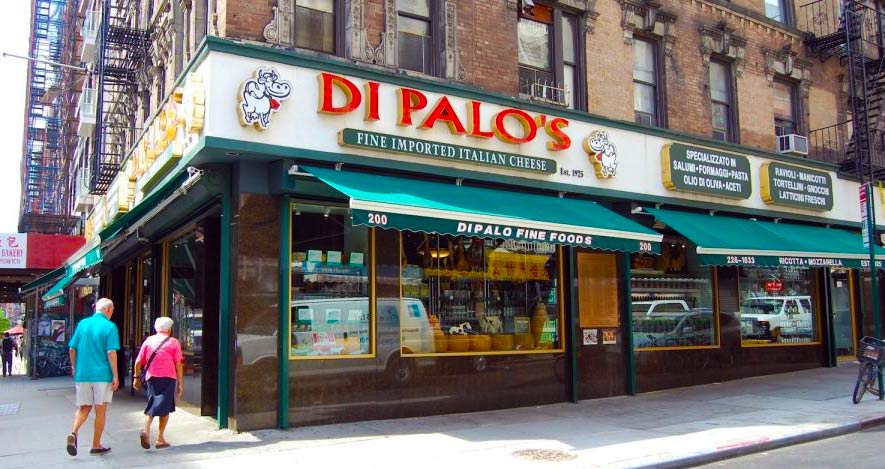
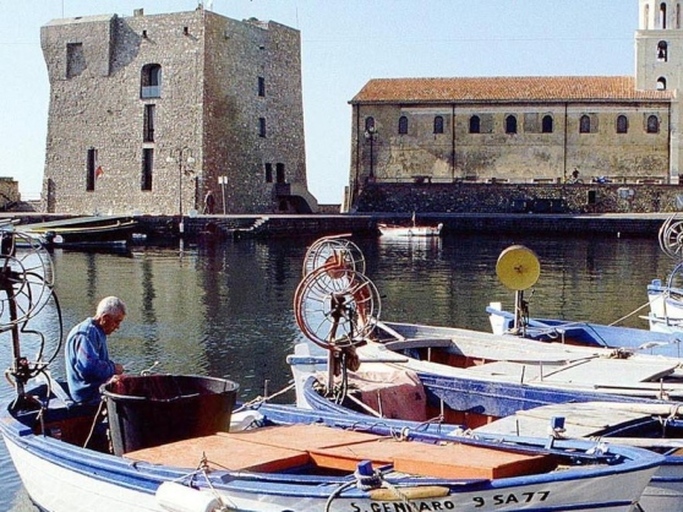
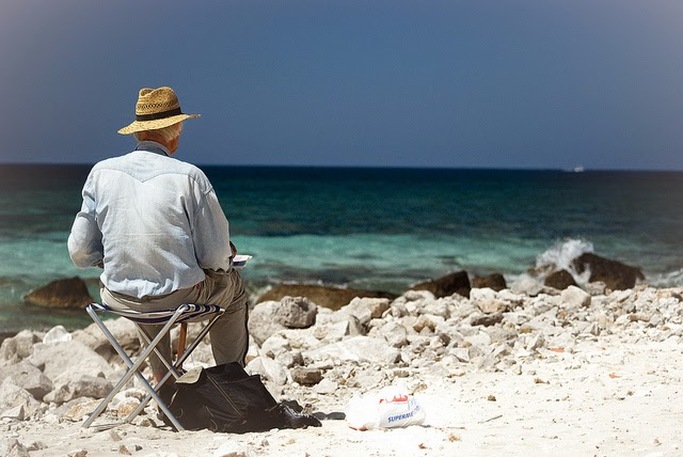
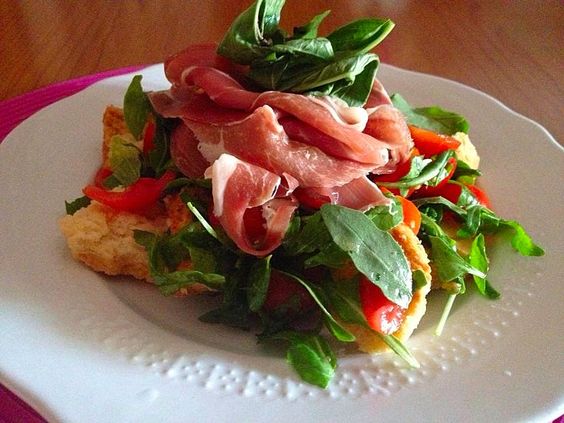
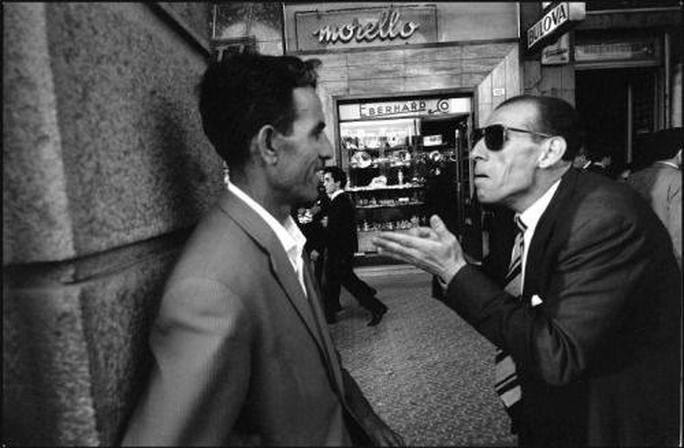
 RSS Feed
RSS Feed
